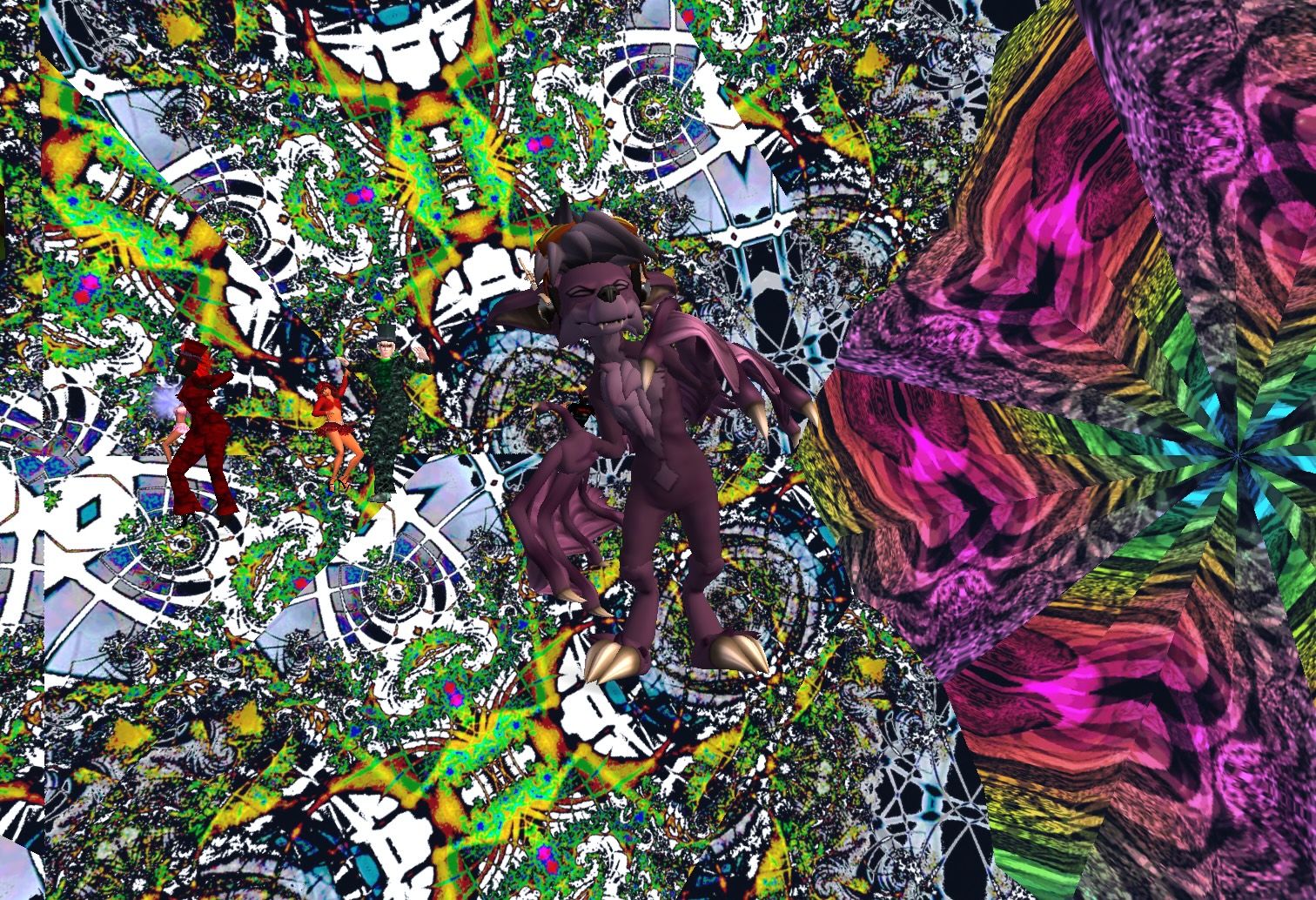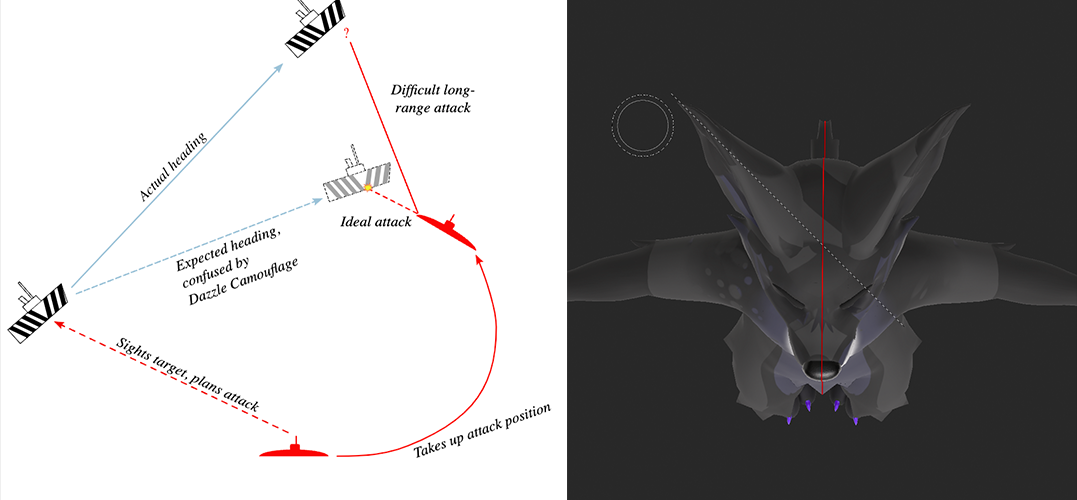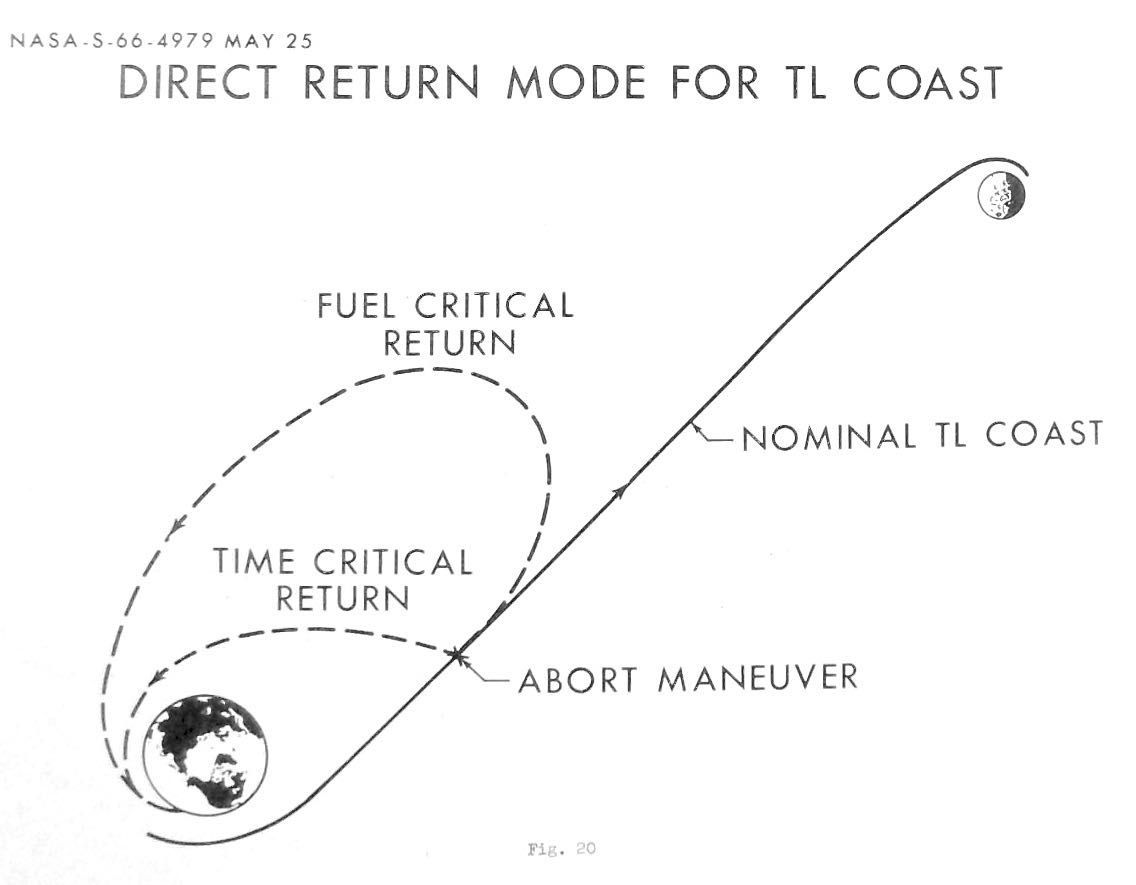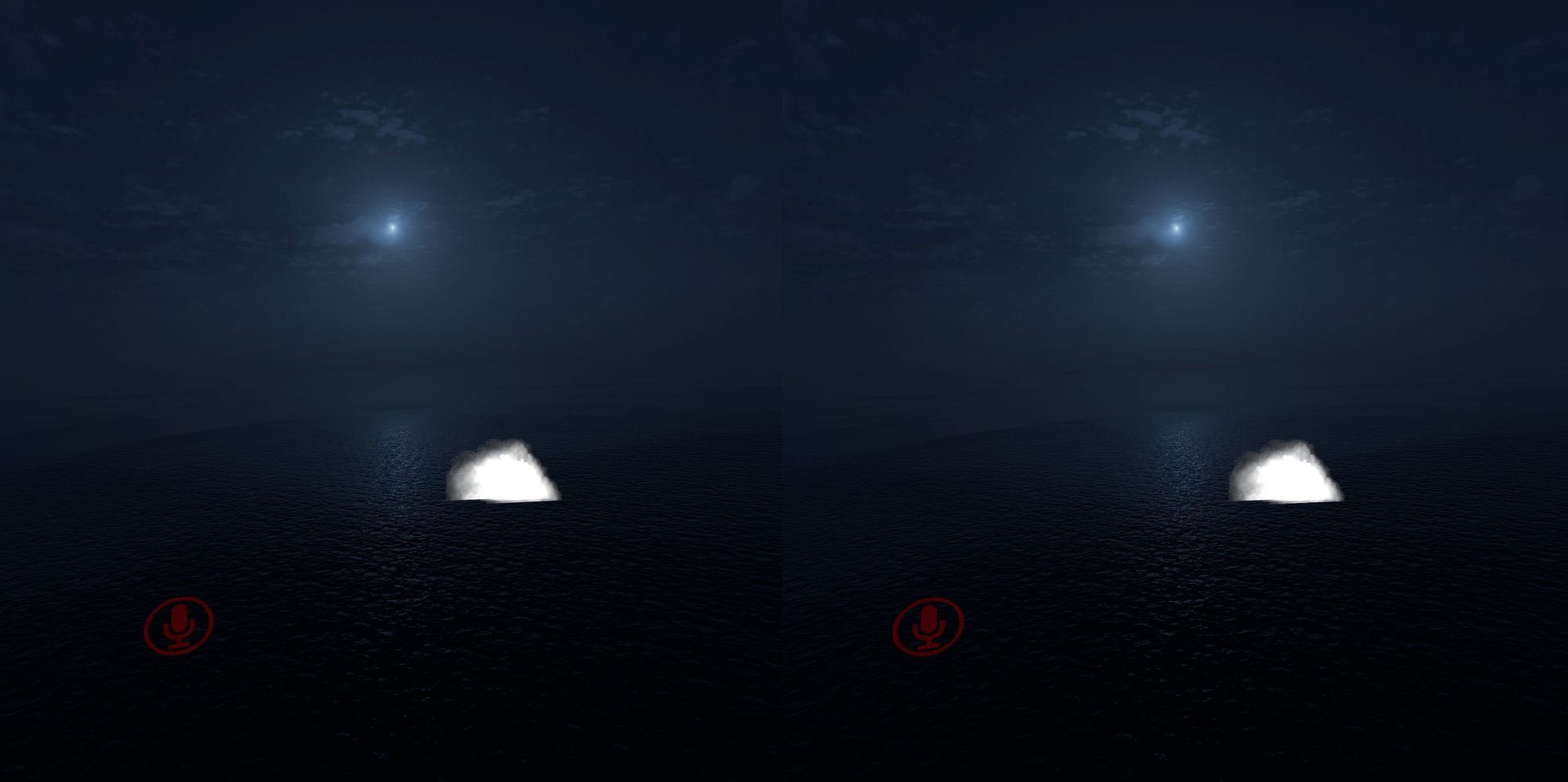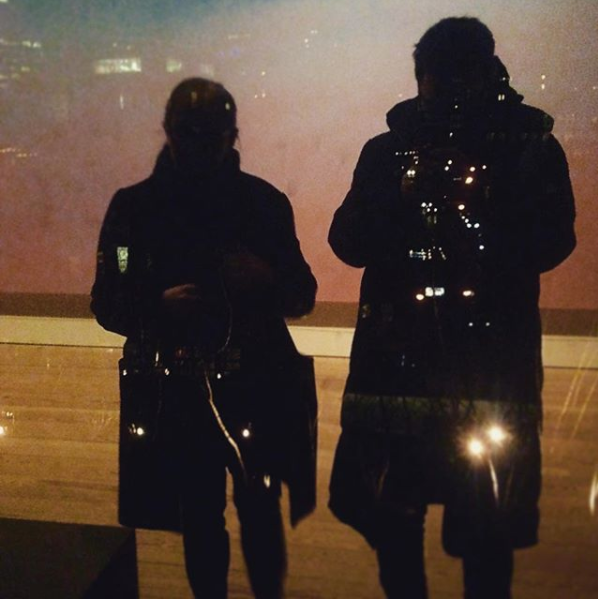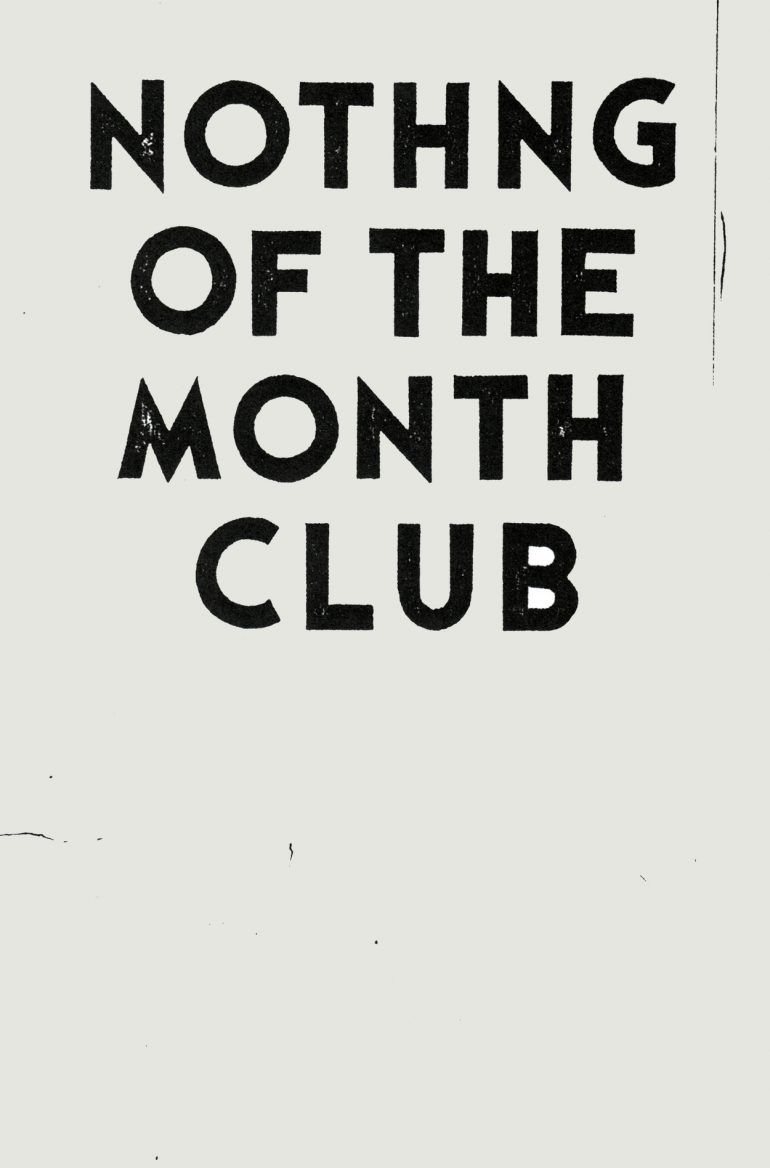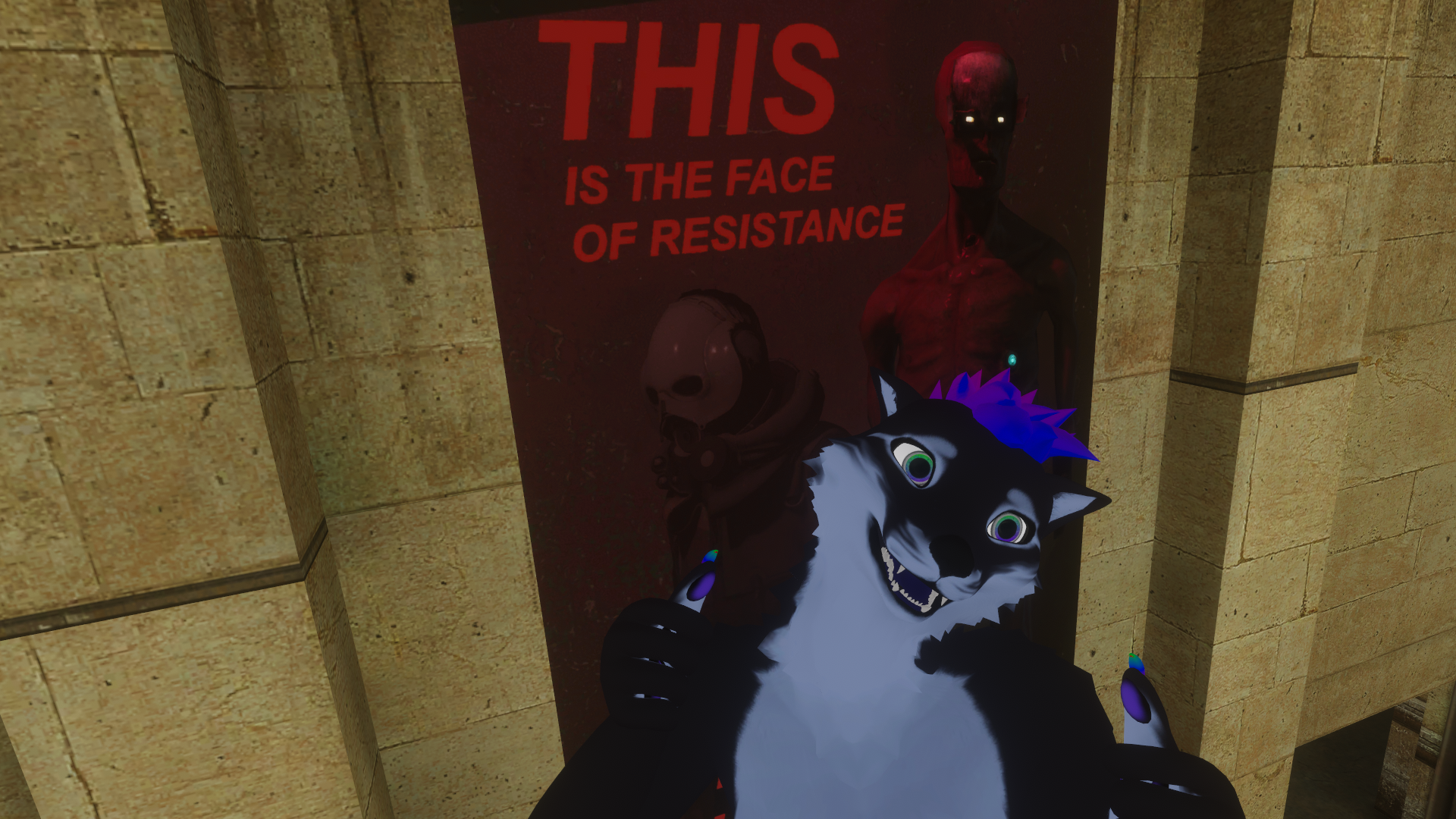
Rated Arrrgh: A VR Postscript
I thought I was done writing about VR, but the last couple of weeks were interesting. Some parting thoughts...
Chapter two of the CYBERDECK project.
- Part I: VR Goes Where?
- Part II: Virtually Sleeping with No Body
- Part III: A Sinking Ship at the End of the World
- Part IV: Rated Arrrrgh: A VR Postscript
The greatest trick that capitalist technologists ever pulled was convincing the world they were necessary. In particular, convincing the world that without their colonization, the internet would devolve into pockets of unruly extremists pushing dangerous ideology and violating intellectual property with wanton abandon. Facebook is the internet with training wheels! We need that thin-blue-like, or else we'd just get 24/7 propaganda for sale to the highest bidder.
In fact, I'm quite convinced the opposite is true. While it's probably most accurate to say "it's complicated," If the industrial-military-internet-advertising-complex is responsible for funding and developing most of our cutting edge technology, it's the weirdos occupying the shadows that perform the civilizing function. Viral internet marketing is social interaction weaponized. Providers are equally happy selling you both sides of this war: bigger guns and bulletproof vests, as well as demagogues, entertainment, and manufactured drama if things get too quiet. Somewhere in the shadows though, there are entire communities ignoring this bullshit and exercising their right to a feral exit: creating alternate realities from the stolen scraps of commercial tech, largely under threat of imminent destruction for violating the terms of service.
You wouldn't download a community, would you?
I was thinking a lot about this when I wrote the VR series, in particular because, as I wrote to a friend "...the trouble about writing about a subculture, especially if you have any inside perspective at all, is that it usually ends up either as apologetics or a love song... I don't know how to convey there's something super interesting here without doing either."
Let's Go Raving
But a full-throated love-song then: Check out this delightful fan-made documentary that just came out on the VRC Rave Scene. I feel like everyone should watch the first 10 minutes. I think it's especially important to compare this to the biggest platform you've never heard of: Wave.
Wave is fairly nifty immersive VR music-visualizer software and online concert venue, funded to the tune of a $30 million Series B. They've been around for five years, and you've definitely heard of the artists they've worked with: The Weeknd, John Legend, Imogene Heap.
I spent an evening exploring their platform (it's actually quite nice, and so much easier to DJ in than VRC, which can be politely called a hot mess, requiring a Patreon-funded fan project to build the infrastructure the company should have built first.) It was also completely, relentlessly and depressingly empty. 30 million, a mainline to mainstream talent, and WAVE is currently shutting down their VR software to "focus on other platforms, like Roblox (more on that below)"
That's because nobody wants to listen to music in VR, right?...
One of the biggest issues with Wave? It didn't support custom avatars. And of course it didn't: allowing fan content is dangerous and embarrassing. You could be sued for copyright infringement! Queers and dudes in anime-girl avs are confusing and difficult to market! But club kids don't just want to go to a show, they want to be the show. And also: dance. That's hard to do if you're a generic grey blob with no legs.
I also like to imagine what an equivalent documentary would have looked like as shot by the attendees of Woodstock, or the Second Summer of Love, or any similar cultural event that became significant through subsequent retelling. Maybe something like Nelson Sullivan's video recordings. There's a lot wrong with our current timeline, but it's sometimes neat that we have both the option, the inclination and the tools to self-document.
Personal presentation isn't a small part of virtual reality, it's all of it:
...There's an accessibility issue in a lot of ways. A ton of people tend to imagine accessibility as just uh, referring to someone who is disabled, right? But I think in a more broad sense theres a big emotional ask. You're asking someone perhaps to take a big risk in terms of identity or how they present themselves, in a concrete way right, like fear of judgement due to something like... gender identity or something like that, I also might feel like I just don't fit in, "clubs are like this and I'm like that." ...There's like the ultimate accessibility [in VR] in some ways. " -VRC DJ "Lamp"
Wave as a venture is obsessed with technology as distribution vector for intellectual property. It's what happens when Ticketmaster or Clearchannel builds a local bar, instead of the other way around. This is my current fear for the future of VR: unlike the internet before it, VR has never really had a chance to have an unruly childhood. House concerts and punk shows are a thing, but VR gear is expensive and mostly impossible to build at home. This really troubled me for a while, but I'm starting to realize that at least one part of this whole story is true: the experience isn't the technology at all, and communities will find a way in, on, around and over whatever framework you give them. Still, it remains possible to design in favor of a particular outcome. To stack the decks in favor of various possible futures.
Last week Vive, one of the major headset manufacturers and biggest proponents of the an open cross-manufacturer system for tracking that underpins the current generation of hardware, held a launch event for their new headset. What's the latest in VR tech?:

NYT dropped this article today (thx @jcalpicard): How Roblox Sparked A Chaotic Music Scene. It seems particularly relevant given that Wave specifically named Roblox as their next target. In case you can't get past the paywall:
“The community can be very dangerous at times,” said a Robloxer known as DigitalCrimes, 14, over Discord, explaining that aggravating the wrong person can lead to nasty consequences — having your personal information leaked or worse, players prank-calling a SWAT team to raid your home.
Largely populated by teens and even younger players, the scene has a reputation for trollish behavior. “A lot of them have egos and are edgy and toxic,” explained marty_red, a popular Roblox TikToker, over Discord. “The scene is odd but in a good way — it’s interesting how people can bond over something that goes against the terms of service.”
There's so much I want to unpack here: the digital blackface of white boys co-opting Trap, for starters, as well as the aesthetic thread that goes at least from breakbeat to early Flash animations, to crapstep /memecore, through Foxdye to Igorr and only recently Robloxcore. I'd also like to take issue with the author conflating "not public" with "secret," in particular with regards to the idea of using something like Discord. While it's true that first generation social media platforms have trained us to believe nearly everything should be fully public, we also know that's simply not true in terms of how people communicate, and the idea that something being not-listed on Google makes it "secret" is goofy.
But what I'd most like to point out is that the toxic culture of Robolox (And it is incredibly toxic), is because of the Terms of Service. That people would both bond-over and weaponize this is hardly surprising. If you make creative problem-solving analogous to trolling, if you make customization illegal or turn it into "a marketplace." If you glorify the possibilities of a technology and then turn that into a product, you get exactly the platform you ask for.
This is a design choice.
TASERS though.
- Thank you to Patrick Tanguay for the mention of my VRC piece in Sentiers No. 170. If you're not reading his newsletter, you should! It provides a nice tight roundup of thoughtful and interesting things weekly - far more organized and coherent than me :D
- If you read my series on VR, I mentioned a draft of a chapter written by qDot, Teledildonticist and professional arctic fox. The book is out now from Intellect (QDot appears in human form as Kyle Machulis):
A Few Parting Thoughts on [A...Z]Reality
One thing a few people have asked about since I posted my VR series is how I feel about AR (Augmented Reality) or MR (Mixed Reality), or any of the other X Realities. I didn't mention any of these terms, which is strange, in particular if you know my recent work with Toasterlab Mixed Reality, any of my new technology for stage production work, or any of the last 5 years or so of creating map-based alternate-storytelling tools.
The reason I sidestepped this is the same reason I tend to avoid the handwringing around the specific name we use (AR? VR? XR?): All of these discussions about "various realities" are unhealthily obsessed with the characteristics of the computer that makes them possible. Centering the "type" of reality centers hardware and its affordances, which causes us to miss the real shift entirely.
Barring some major technological change, I cannot imagine a world in which high quality "immersion gear" is anything but extremely expensive and somewhat difficult to use, approaching impossible for many bodies. At the same time what I've come to believe is actually happening in VR is a fundamental shift in the quality of mediated social communication. It's a different, far more physical and synchronous style of distributed social interaction from the perspective of the digital. In fact what we're seeing here is a return, but filtered through a few decades of the internet. As the technology improves, we approach the analog, but with new expectations.
It was analog all-along
Like most of us, a few decades of communicating online have trained me to convert phatic communication into written form. I use emojis or emotes to indicate gestures. I've *nodded* at things. I've xD and LOLed. In VR though, I just... laugh. And nod. With my body.
Trying full-body-tracking (FBT) in VR is striking the first time you use it. It's so wonderful and strange to inhabit a different body, and stranger still if you select an avatar that has different physical characteristics than you're used to (in spite of early and frequent mention of gender markers being "weird," I've found height to be the most remarkable. There's nothing like modifying your physical size to really feeling the dynamic of a space or group change), but inhabiting it is unavoidable. The technology on one hand allows us to craft any physical form that we like, but then it obligates us to see through those eyes.
For now the fact that the hardware that makes this possible needs to override my real-world perception in order to function means that immediate, focused and undivided attention is requisite. This is startling. What other digital technology of the recent decade can be said to have increased our immediate sense of presence and focus?
This is also remarkable if, like me, you've experienced a fair amount of interaction on something from the "early metaverse" like Second Life. In SL it is quite typical to find a room of 50 or more people in which perhaps 3 are actively speaking to each other while the rest are "AFK" (Away from Keyboard) or multitasking. This is what my Manager at IBM was responding to when he said that virtual meetings made him nervous: there's no way to tell how present someone is in virtual reality.
Except in VRC, this is immediately obvious.
My interlocutor might be a six foot rabbit, or a cardboard box, or an anime girl, but if they are not facing me and using their voice to speak in realtime, it is immediately obvious they are not present. It's really delightfully peculiar how well this works. In VRC, if a person crashes their avatar will often freeze in place for a bit before they poof out of the world. It generally takes people in the world less than a second to realize when this happens, and for me the feeling of a hollow frozen avatar is nearly the same uncanny feeling I get from seeing a dead body: the shape is all there, but the life is gone. So as of now, my manager gets his wish: it's quite possible to gauge how present someone is.
All of this leads me to believe two things: 1. As long as sufficient interest remains, the technology will improve indefinitely until it approaches the resolution of our sensorium. In fact, headsets with "eye resolution" already exist. And once a real hardware player with deep pockets begins to flood the market, making this technology common 2. The question of what the hardware might do will become rapidly less interesting in favor of what the change has done to us.
Fully-immersive VR will approach the resolution of a stage play, until we find ourselves watching (or playing) Hamlet on the Holodeck. Before we get there, we will have the opportunity to see an endless parade of incanabula, and if we're smart we'll take notes, because these will give us new vocabularies for storytelling, for intimacy, for imagining possibilities. These are new tools and levers we can use to build what we want: not the web that we never lost (because it never existed in the first place), but the web we never knew we wanted because we didn't know how to get there.
"And in this way I hope to offer their love in the form of my materiality... so that this world that we imagine in this room might be used to gain access to other rooms, to other worlds previously unimaginable." - Matrix Director Lana Wachowski's HRC Visibility Award Speech
Thanks for reading! This work is independent and un-sponsored. If you enjoyed it, I'd be grateful if you'd share it. If you found it particularly entertaining or useful, I'd love a cup of coffee ☕ 💜
